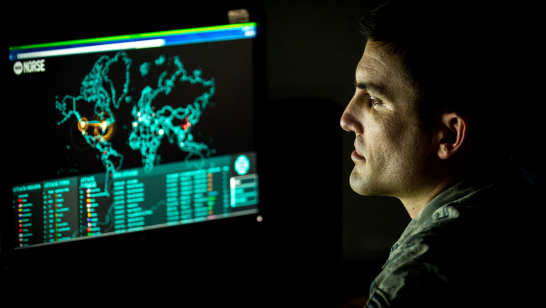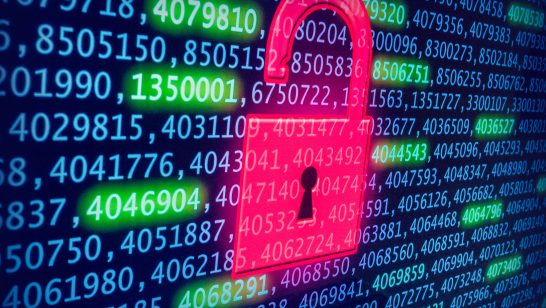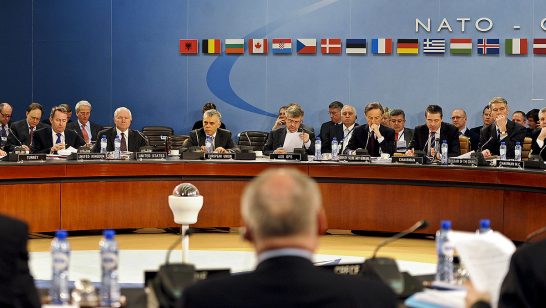
The question of how we control, manage, and mitigate the challenges, threats, and dangers posed by “cyber” is perhaps one of the most talked-about security problems of our time.
Every aspect of modern life, the societies that we live in and the weapons we use to defend ourselves appear to be at risk from this new and inherently nebulous phenomenon produced by the latest information revolution. Whilst there have been attempts to get to grips with the potential hazards posed by hackers to the computer systems, networks and digital data that govern the modern world, the cupboard remains bare when it comes to outlining any significant and long-lasting successes in this regard.
In this policy brief, Dr Andrew Futter, Associate Professor of International Politics at the University of Leicester and alumni member of the YGLN, sets out a number of key criteria that we need to consider in future “cyber arms control”:
- It must be based on agreed definitions of the problem: what do we seek to “control” and what do we mean by “cyber”?
- It probably will not look like agreements from the nuclear realm and it will not cover everything we label as “cyber”.
- It will involve a mixture of formal, multilateral agreements and informal, unilateral mechanisms of control.
- It is likely to be targeted and specific, rather than broad and general agreements, and will require analysts, scholars and policymakers to think ‘outside of the box’.
Download the policy brief here
The opinions articulated above represent the views of the author, and do not necessarily reflect the position of the European Leadership Network (ELN) or any of the ELN’s members. The ELN’s aim is to encourage debates that will help develop Europe’s capacity to address pressing foreign, defence, and security challenges.
Image: The Norse data wall on the operations floor of the 275th Cyber Operations Squadron provides real-time worldwide cyber attack sources and attack locations. Flickr, Airman Magazine



